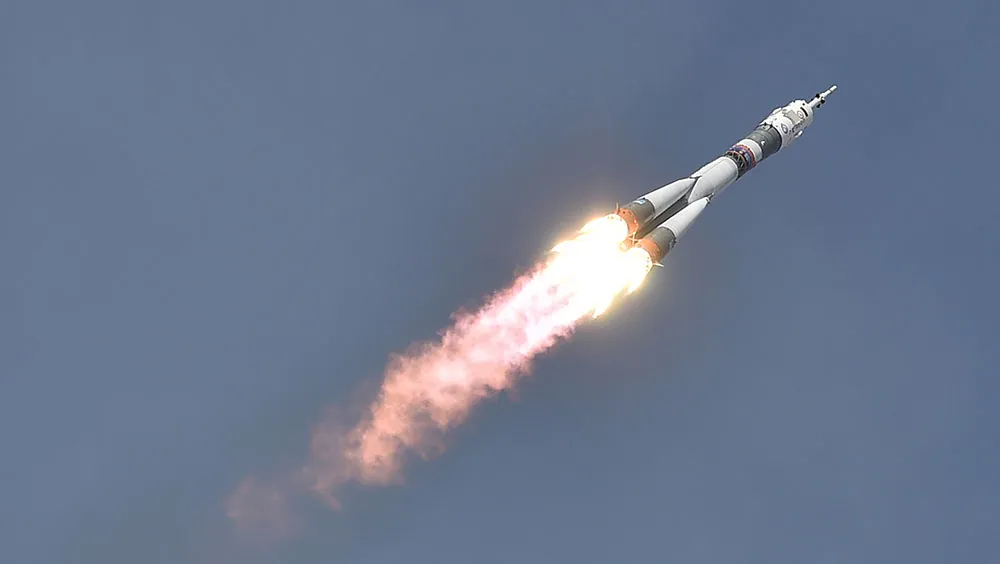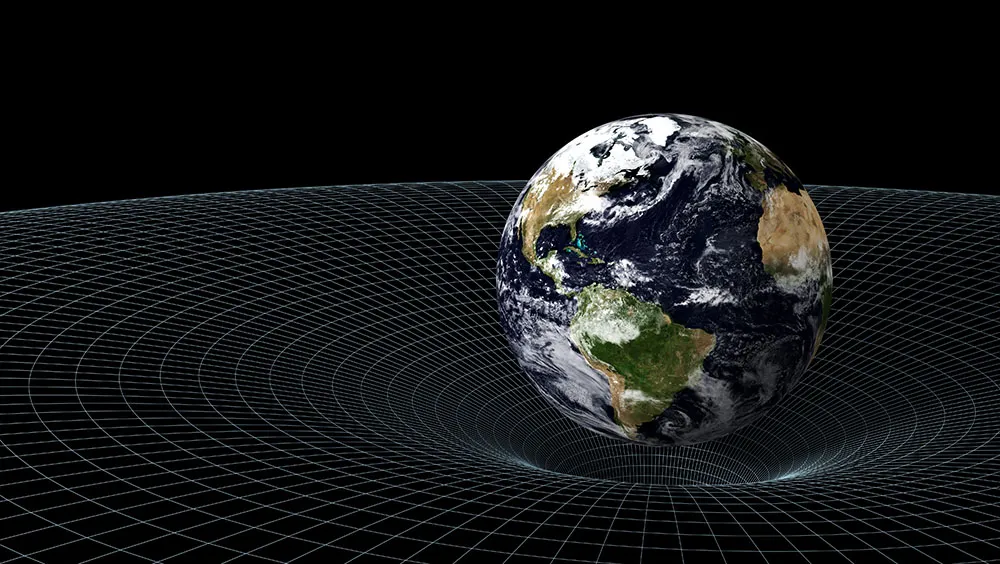1
It’s all down to Newton

Rockets are based on Newton’s Third Law of Motion. If you throw something away from you, you’re pushed back by the same amount of force.
In a rocket, it is usually the exhaust gas from burning fuel that is pushed away from the motor.
Read more about rocket science:
- A history of rocket science
- What is rocket science?
- Move over, Mars: why we should look further afield for future human colonies
- NASA ‘pallet lander concept’ could be coming to a Moon near you soon
2
It’s not as hard as you think

Rocket science really isn’t complicated. The physics is little more than A Level stuff.
What makes the whole business mind-boggling is the engineering – getting a massive, extremely complex collection of machinery working together in tight timescales and with tough conditions like the vacuum of space, while handling difficult substances like liquid oxygen.
3
Rockets need an awful lot of power

The reason we need the power of vast rocket motors, like those used to get astronauts to the International Space Station, is the difficulty of getting away from the Earth’s gravitational pull.
This takes a lot of (heavy) fuel, which is why we can’t land on the Earth using rockets the way the Apollo lunar module did on the Moon.
Getting to the International Space Station
Boosters - Four booster rockets strapped to the outside of the rocket give extra thrust during take-off before falling away. The boosters use kerosene and liquid oxygen.
First stage - This is also known as the core stage. The first stage RD-108A motors join the boosters in accelerating the rocket away from the surface of the Earth.
Second stage - In less than five minutes, the first stage has dropped away and the second stage RD-0110 rocket motors kick in to push the Soyuz TMA-M capsule into orbit.

